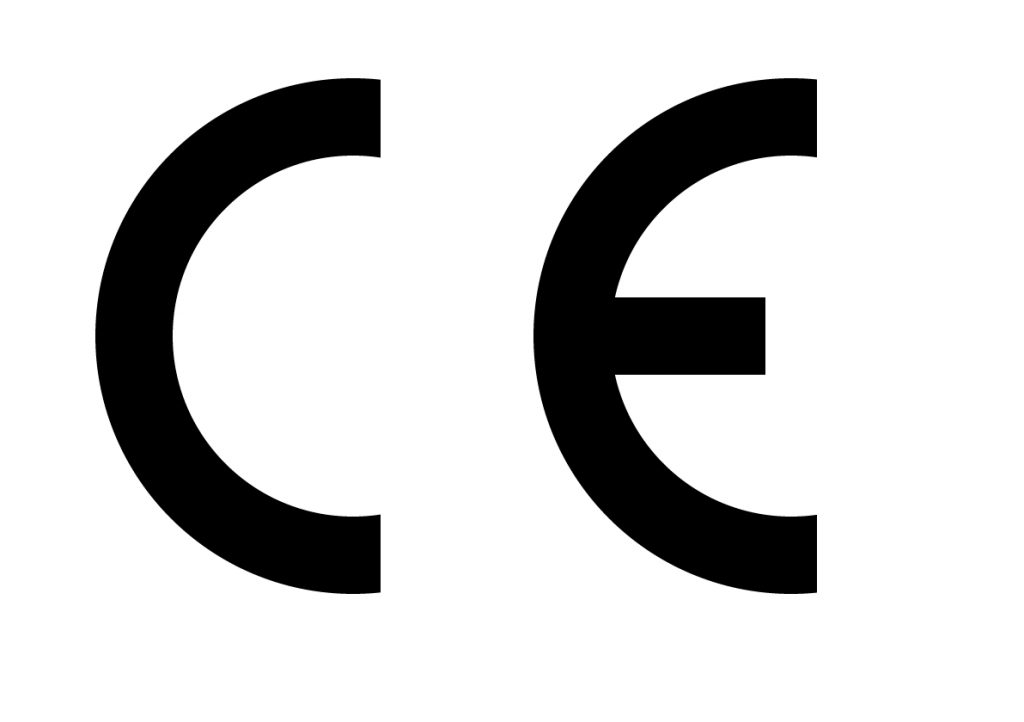Building design is undergoing a significant transformation with the introduction of new materials that are inspired by nature. The use of these materials has led to new ways of thinking about the way buildings work, how they are built, and what they are made from.
This is leading to more eco-friendly buildings that are more energy efficient and better able to respond and adapt to better suit the needs of their occupants.
Modern-day builders have a huge range of materials to choose from when building a new building. These materials, which include bricks and mortar as well as a range of other materials, combine interior comfort with a reduced environmental impact and lower energy costs.
Thermal performance
Planning a new development or renovating an old building, the right combination of design and insulation can make a big difference to how well a building performs.
It’s important to avoid thermal bridges by building small spaces between different materials. Designers and builders also need to pay attention to the thermal performance of newer insulation materials.
Materials’ lambda value is the thermal conductivity it provides, which describes how well it can insulate. The lower the value, the better it performs under perfect conditions
The use of high energy efficient construction techniques is important for minimizing energy consumption.
Choosing the right insulation
There are various aspects to consider when buying insulation, namely how easy it will be to install.
It is important to note that even small air gaps can make a big difference in insulation. If you are insulating an irregular shape like an old roof or wall, it would be wise to avoid any air gaps.
And because many buildings are not renovated for often up to 60 years, it is important for materials to have a long lifespan, and so need to take the follow into consideration:
Lifetime performance
Insulation materials are crucial to maintaining the thermal properties of buildings. One of the most common types of insulation is gas-filled insulation, which can be made using different gases like polyurethane or nitrogen. This type of insulation works by filling the gaps in between the building’s frame with gas, which gradually diffuses out over time.
Material stability
Certain materials like leather and wool respond to changing temperatures and moisture by shrinking or expanding. This leads to both energy in efficiency and short-term product defects.
Vapour permeability
Moisture can accumulate in some insulation, which reduces its effectiveness and could lead to the growth of mould or fungi. Ideally, insulation lets water through.






